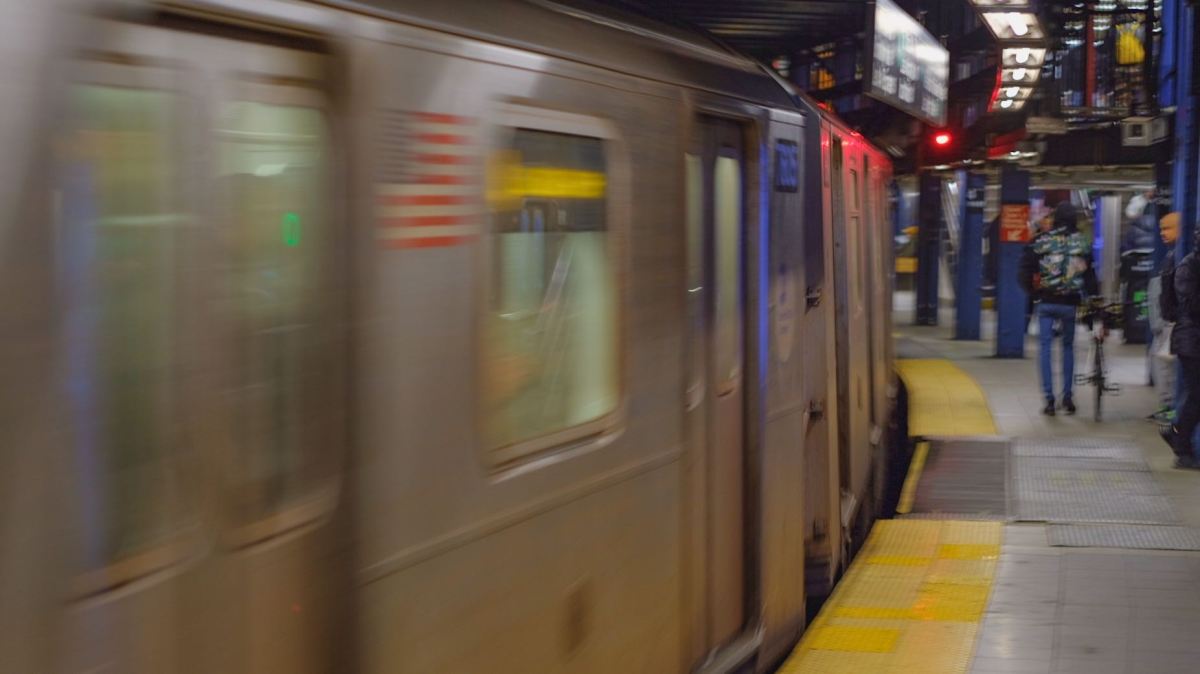It may not end up looking like Mad Max, but the Riders Alliance says major cuts to transit could mean a “doomsday” scenario for communities across the city as the MTA’s fiscal crisis continues to spin out of control.
Predicting that many communities could become isolated transit deserts while overcrowding could leave straphangers exposed to COVID-19, the organization says that the key lines such as the 7 train, 1/2/3 trains as well as the J and Z trains could be eliminated.
The G, one of the only north-south routes in the outer boroughs, does not make an appearance on the Riders Alliance map.
Calculating based on frequency of service and that cuts would need to 20 times greater that those seen in 2010, this means about half of all service lines could be cut, Policy Analyst Danny Pearlstein said.
“New York is not a car city and too dense to be a car city… Two-thirds of our population depend on public transit infrastructure,” Pearlstein said. “We produce 10% of the nations GDP and if we go down we drag the national economy down with us.”
With black and brown communities most dependent on the mass transit system to go about life, Pearlstein believes major cuts in any form would represent a new form of racial injustice.
The MTA needs $3.9 billion from the federal government in the stimulus in order to continue operations at its currently levels and the $3.8 billion provided in the CARES Act has already been expended, according to the agency.
The MTA currently faces the biggest financial crisis in its history with a $10 billion deficit from fare and toll revenue loss and is bleeding up to $500 million a month. This, however, would not be the first “doomsday” scenario for the MTA.
Following the Great Recession, the agency made $400 million in cutbacks to subway and bus service that saw the elimination of the V and W routes. Up to 110 bus lines were affected. The Riders Alliance believes it could be $650 million in cuts to service this time around.
The MTA has remained committed to no further cuts in service – and no fare increases – in regard to the pandemic in recent weeks but they have repeatedly sounded the alarm for more funding in the Heroes Act, held from a floor vote by Senate Majority Leader Mitch McConnell. In all, the MTA has only received half the funding it anticipated needing to make it through 2020 back in March when ridership levels were decimated to below 90% of COVID-19 levels.
The salvation of mass transit in New York City could hinge on how quickly riders return to trains and buses as they have on a relative scale since the municipality entered Phase I of reopening in June. Since then, the MTA has clocked about 2 million riders return to buses and about half of that on buses where they are not currently charging fares.
Whether or not public transportation will make a significant comeback in the near future has also been cast in doubt by figures from CarGurus.com where a study says 20% of car buyers in 2020 had not planned to do so before the pandemic and 44% of those surveyed said they had purchased a car to eliminate the need for mass transit in their lives.
U.S. Census Bureau data has determined that about 55% of households in New York City are vehicle free. Cars.com reports that walk-ins at car dealerships in the metro area had gone up by 38% since the start of the pandemic.


































